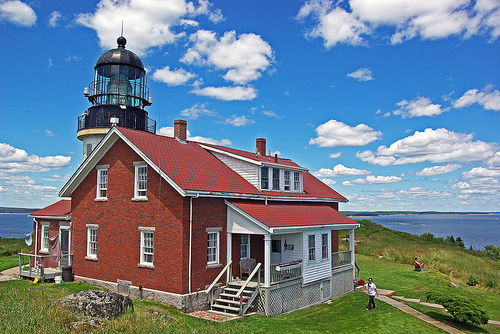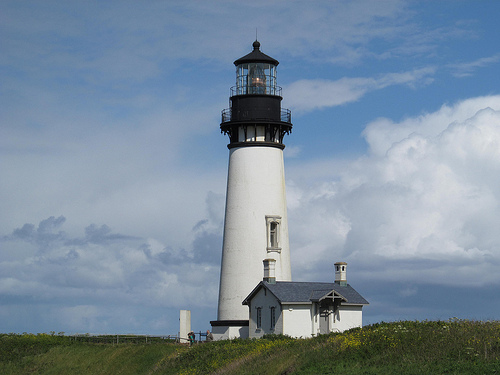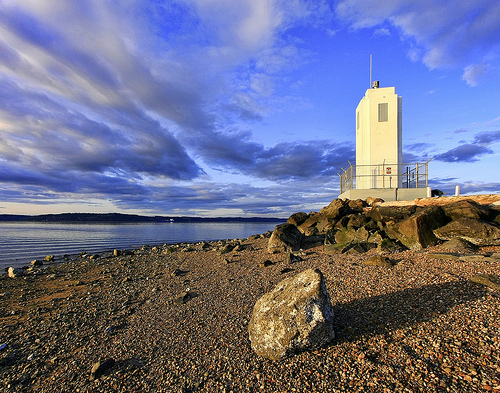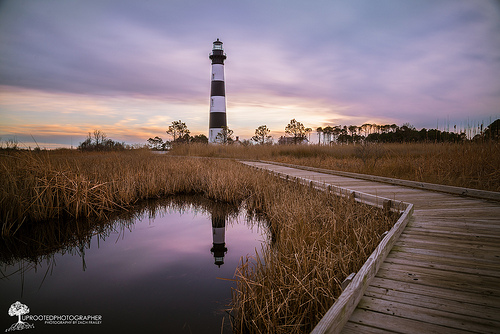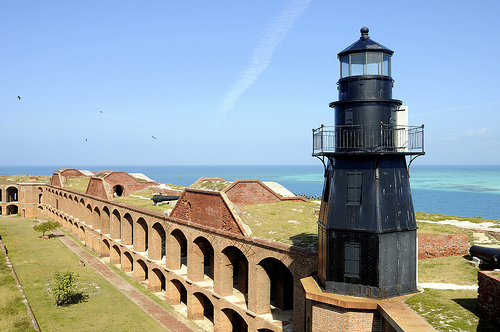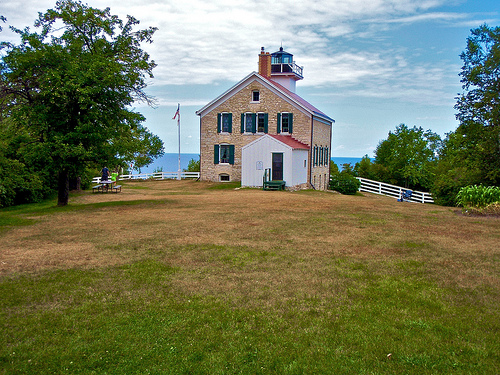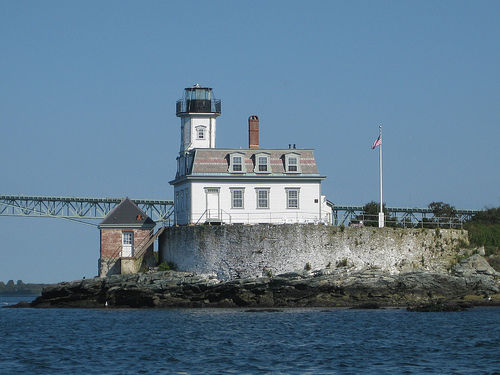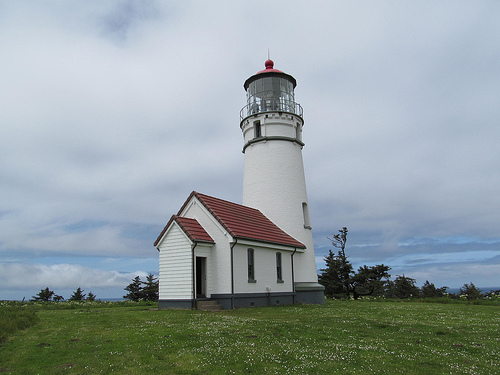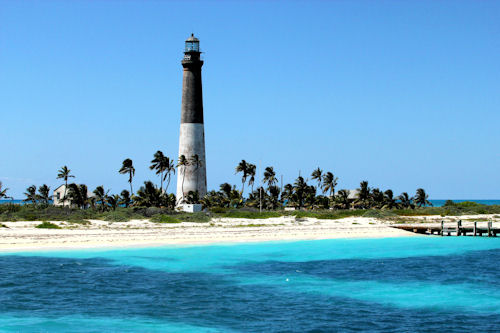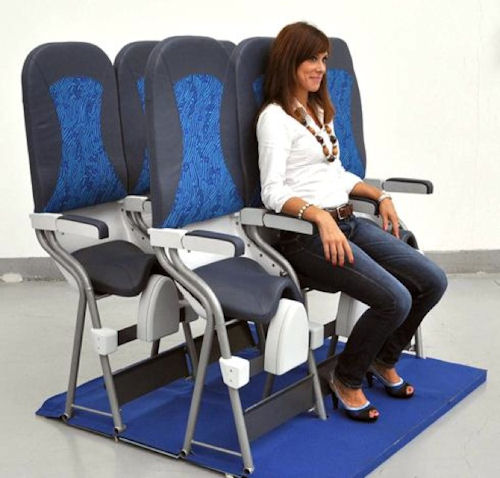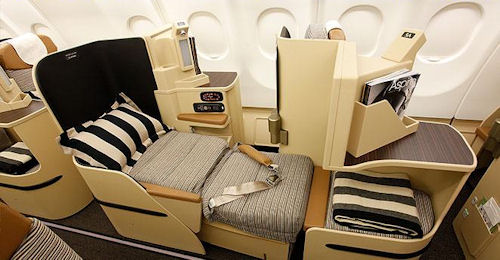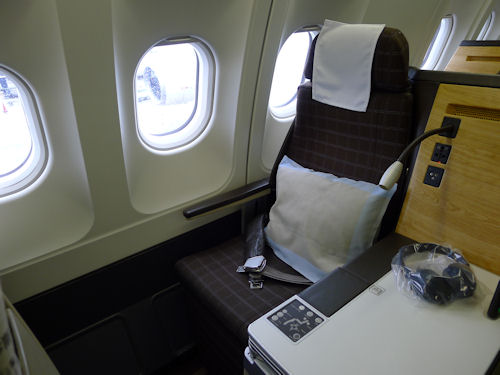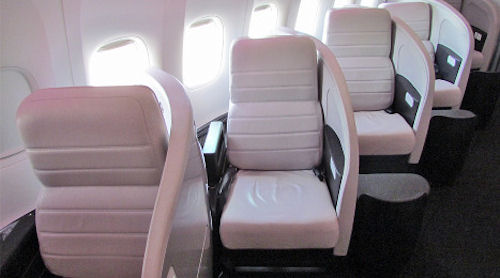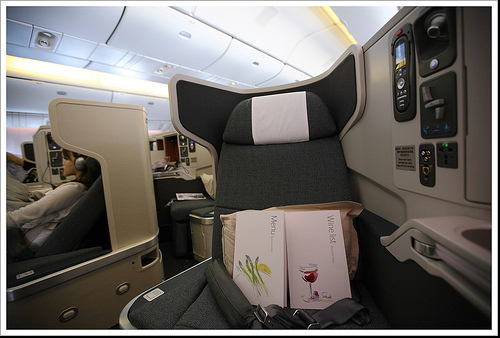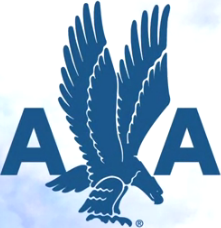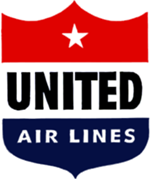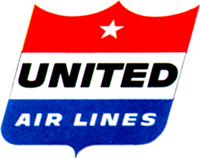 There’s a saying that goes something like this; “if you can’t afford travel insurance, you can’t afford to travel,†but we think that oversimplifies the issue. After all, not every trip needs coverage and not every traveler needs travel insurance.
There’s a saying that goes something like this; “if you can’t afford travel insurance, you can’t afford to travel,†but we think that oversimplifies the issue. After all, not every trip needs coverage and not every traveler needs travel insurance.
To know if you can afford to buy travel insurance, it’s important to think about the coverage you already have, how much you’re spending on your trip, your risk of and ability to pay for medical emergencies and evacuations – and then make the decision.
There are a number of reasons people think they don’t need to buy travel insurance, including:
My credit card annual fee includes travel protection
Many credit cards are now getting into the travel protection game. If you have a credit card with travel protection included with your annual fee you may have coverage for:
-
Rental cars
-
Baggage loss
-
24/7 Travel assistance
-
AD&D or flight accidents
-
Concierge services
-
Identity theft protections
That’s great, but it’s important to understand that there are limits to those travel protections just like there are with travel insurance. For example, your rental car coverage doesn’t include personal liability or extend to covering damage to another vehicle, structure, or person. Motorbikes, scooters, RVs, and trucks are probably not covered either, but they wouldn’t be covered by a travel insurance plan with rental car coverage either.
You’ll need to get a copy of your credit card travel protection plan and compare the benefits side-by-side with travel insurance to understand what coverage you have for travel disasters.
I have health insurance, so I’m not worried about medical care
Awesome, you’ve got medical care, but are you 100% certain your coverage extends to where you’re going? We hear about travel medical emergencies that happen overseas all the time – a woman falls off a boat and nearly drowns, a child breaks a leg jumping off the high dive, a man suffers a stroke. All of these medical emergencies cost money and if you’re outside your health insurance network, you could be paying 100 to 80% of these costs out of pocket.
Medical emergencies happen anytime and anywhere they like and most U.S. based health insurance plan coverage does not extend outside the borders of this country. Even Medicare for seniors doesn’t work outside the U.S. although some supplement plans do offer limited emergency medical care cover.
In addition, it’s unlikely that your health insurance plan likely includes evacuations or repatriation.
An emergency medical evacuation is enacted when a person is badly injured and there is no emergency transportation that can get them to a medical facility. The cost of emergency medical evacuations is based on two factors: your condition and your location and medical evacuations can cost upwards of a hundred thousand dollars or more. Got room for that on your credit card?
A repatriation is the return of your body to your home if you die while traveling. The legal transportation of human remains is not only a delicate subject – and a time sensitive one! – it’s also packed with legal regulations and requirements. Unless your family knows the language very well and has a friend in the foreign government, they’re likely to spend a lot of time and money getting your body home for burial. The cost of repatriation can be be as high as thousands, even ten thousand, dollars.
A travel medical plan often costs a traveler less than a dollar a day and it includes benefits like these: trip interruption, baggage protection, even trip delays.
I don’t need cancellation because I’m not going to cancel my trip
No one plans to cancel their trip and no one wants to cancel their trip, but whether you’re forced to cancel your trip is another story.
Every day we hear stories of people who were forced to cancel their trips for the craziest reasons and they lose all their pre-paid trip costs.
Why might you be forced to cancel your trip? Take a look at these real-life stories from our message board:
-
I’m about to lose my current job but I got an interview for the job of my dreams – they can’t move the date!
-
My daughter was moving and I planned to travel and help her pack until I broke my hand
-
My purse was stolen from my locker at work and it had my passport, visa, and travel documents inside!
-
That terrorist attack has made me too nervous to fly – I want to cancel my trip and wait until it’s safer.
-
My son was in a car accident and there’s no one to care for him while he recovers.
Trip cancellation coverage means you can cancel your trip for a covered reason and get up to 100% of your insured trip costs back. That’s peace of mind you can probably afford.
We could tell you that you can’t afford to travel without insurance, but we’re not going to say that because some trips simply don’t need coverage.
Get a travel insurance quote and compare plans
The best way to know if you can afford travel insurance is to get and compare a few quotes. Use our travel insurance comparison tool, type in your trip details, then filter the plans based on your needs. All you’re losing by looking is a few minutes of your time and you could be very surprised to find travel insurance is really affordable – especially when you consider the trouble that could happen and what that would cost.



